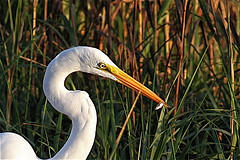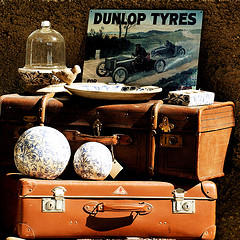Southern Florida is home to some of the few tropical national parks in the country. Travel to one or both of these neighboring areas to enjoy all the beauty they have to offer.
Big Cypress National Preserve
Big Cypress National Preserve lies 45 miles west of Miami and neighbors the Florida Everglades. This tropical national preserve is home to the Big Cypress Swamp, a truly unique natural environment. Take an airboat tour through the trails of the swamp to spot unique vegetation and wildlife, or go off-roading on an airboat of your own. If you prefer something a bit more relaxing, the preserve also offers a wide variety of traditional park activities like camping, hiking, and canoeing.
Everglades National Park
Everglades National Park accounts for 20% of the Florida Everglades. It was the first national park established to protect a complex ecosystem, and it's home to many endangered species like the manatee and the Florida panther. Visit the park year-round to enjoy activities like canoeing, fishing, and hiking, or spot an alligator along one of the airboat tours. The park, which is the third largest in the contiguous US, offers a wide array of activities that are suitable to nearly anyone.










 Equal Housing Opportunity
Equal Housing Opportunity